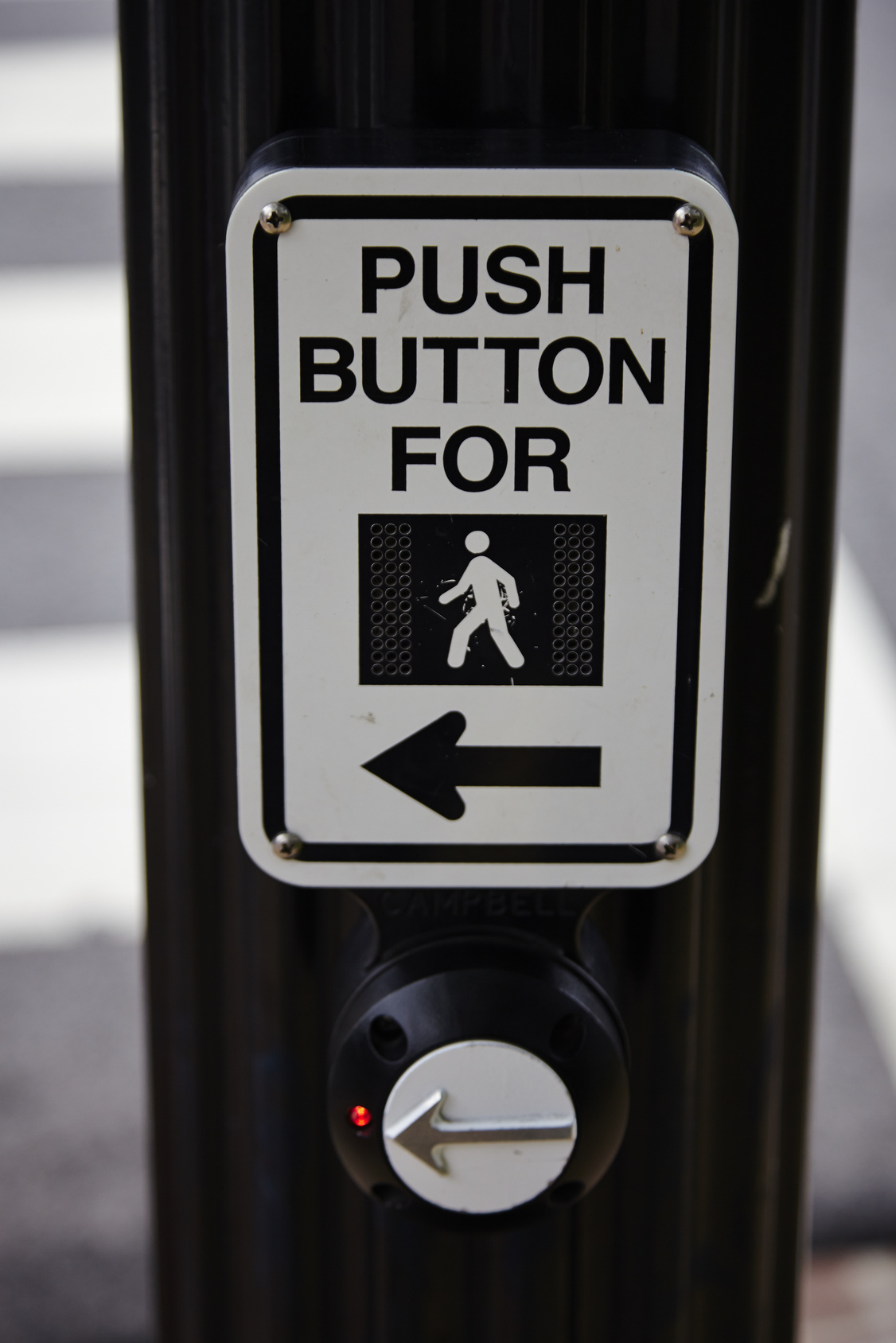
Determining fault in any accident takes a considerable amount of evidence and statements from both parties, as well as a police report. Insurance adjusters may even come in the mix, complicating things further. Generally, most may assume that pedestrians aren’t, and even can’t, presume negligence in an accident with any vehicle.
That’s not only false, but wildly inaccurate: Florida is among the one-third of the United States that follow comparative negligence, in which damages are appointed and fault is shared proportionately based on the accident scenario.
This does not bar a plaintiff from recovery, it simply reduces the compensation they can receive due to a shared-fault scenario.
Sometimes, an accident can be straightforward; a black and white scenario clearly defining fault.
An example of this would be a rear-end collision—in Florida, the presumption of negligence usually falls on the rear driver (this is a general guideline, keep in mind there are exceptions to every rule). However, accidents aren’t always that simple: such as a motorcycle turning left and a vehicle hitting them, or a pedestrian jaywalking in the middle of a busy intersection.
Determining Fault
While the adage “pedestrians have the right of way,” is accurate in some scenarios, this doesn’t give pedestrians free-reign to ignore reasonable care. They share equal duty to keep the roads safe. A figure by the National Highway Traffic Safety Administration (NHTSA) shows the majority of increased fatalities from 2011 to 2012 (72% of 33,561) involved motorcyclists and pedestrians.
In the event that a pedestrian is crossing traffic against safety signals and protocol, or walking in restricted areas, they will likely be deemed negligent. Consequently, this can make the pedestrian partially or wholly at-fault for an accident.
There are a few questions that come up when determining fault in an accident, including:
- Was the motorcyclist speeding or violating any traffic laws?
- Was the pedestrian distracted or violating the laws of the road, such as not using crosswalks?
- If both, this adjusts the comparative negligence if it is a “pure” scenario
“Pure” Comparative Negligence
Now that we know fault is situational, we can move forward and discuss how it’s divided or “shared” in a scenario with negligent parties. In cases where fault isn’t black and white, the pedestrian, if injured, may recover damages based on what’s remaining for the percentage of shared fault. To clarify, if a pedestrian is at fault 20%, then he or she will be able to recover 80% of the damages and injuries incurred to them.
There are other types of negligence that other states follow, including “pure” contributory negligence and modified comparative fault, but these don’t apply in Florida.
Key Takeaway
In an accident involving a motorcycle and pedestrian, it’s your best bet to get all of the facts and information at the scene and contact an experienced personal injury attorney about your case. Even if your case is proportionately shared fault, or “pure” comparative negligence, as an injured party, you are still able to recover for your injuries and damages incurred. Allow us to review your case today with no obligation!

